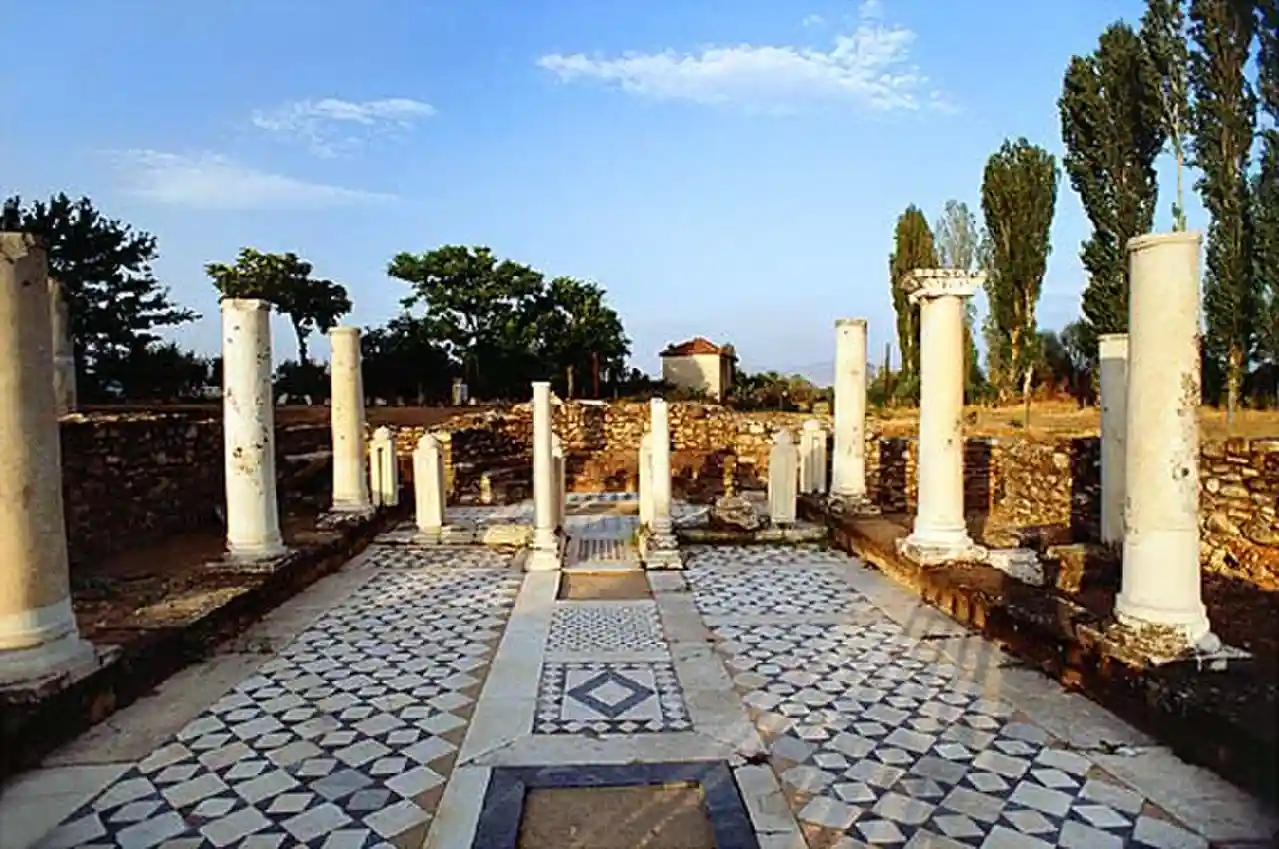 Heraclea Lyncestis - Credit: Wikimedia Commons
Heraclea Lyncestis - Credit: Wikimedia Commons
 Heraclea Lyncestis - Credit: Wikimedia Commons
Heraclea Lyncestis - Credit: Wikimedia Commons
Heraclea Lyncestis, also transliterated Herakleia Lynkestis (; ; The name for the site in the modern Macedonian language, not to be confused with the Ancient Macedonian language.), was an ancient Greek cityFergus Millar, "Rome, the Greek World, and the East: Volume 1: The Roman Republic and the Augustan Revolution", The University of North Carolina Press, 2001, p. 225: "...the king took him as confidant and sent him as an ambassador to Pompey, encamped at Heraclea Lyncestis in northern Greece."Michael Avi Yonab, Israel Shatzman (1976), Illustrated Encyclopaedia of the Classical World, Jerusalem: The Jerusalem Publishing House Ltd. SNB 562 000372 Page 230H. B. Walters (editor), (1916), A Classical Dictionary of Greek and Roman Antiquities, Biography, Geography and Mythology pp 480-481 in Macedon, ruled later by the Romans. Its ruins are situated south of the present-day town of Bitola, North Macedonia.Hammond, NGL, (1972), A History of Macedonia, Volume I: Historical geography and prehistory, Oxford:At the Clarendon Press, Oxford University Press, p. 59 In the early Christian period, Heraclea was an important Episcopal seat and a waypoint on the Via Egnatia that once linked Byzantium with Rome through the Adriatic seaport of Dyrrachium. Some of its bishops are mentioned in synods in Serdica and other nearby towns. The city was gradually abandoned in the 6th century AD following an earthquake and Slavic invasions. Read more on Wikipedia
Source: en.wikipedia.org